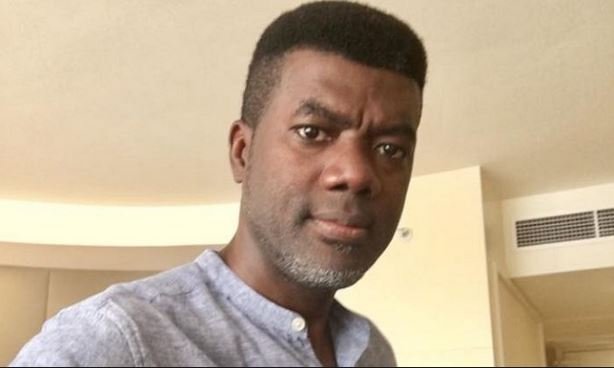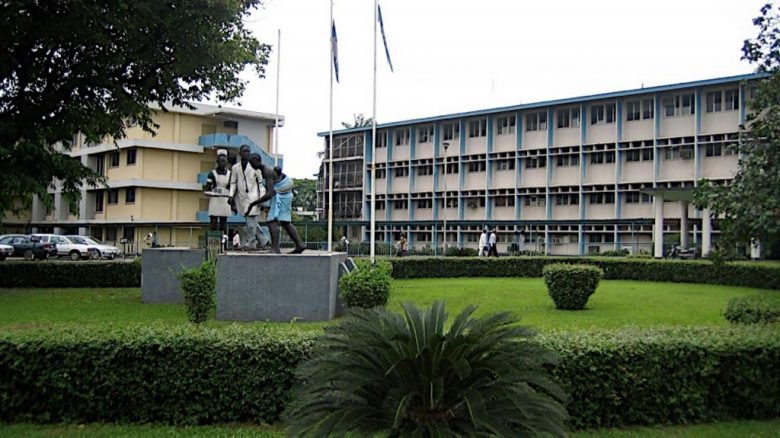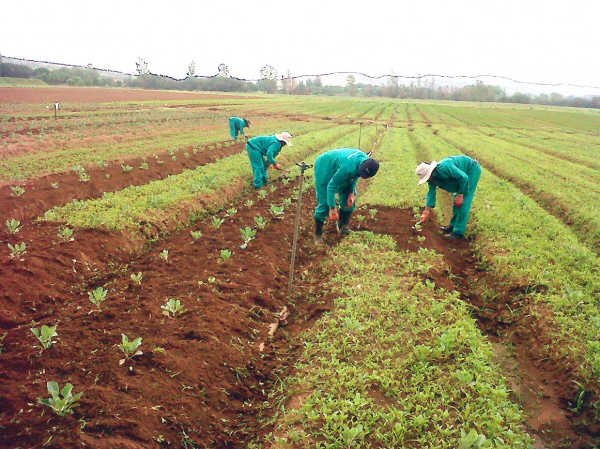News
Doctor arrested for spreading HIV


An Indian doctor have been arrested for spreading HIV
Police on Thursday arrested an unqualified medical practitioner accused of infecting dozens of people with HIV in India’s northern state of Uttar Pradesh.
The police said the suspect Rajendra Yadav who went into hiding following the detection of HIV infected patients during a medical camp in state’s Unnao district was arrested from a relative’s house.
(adsbygoogle = window.adsbygoogle || []).push({});
“We tracked down prime accused Rajendra Yadav from the house of a relative, where he was hiding,” said a police officer Amit Singh.
Yadav was arrested following registration of police case against him.
READ: Plateau governor Simon Lalong sacks all commissioners
As per health officials, the suspect was using single syringe to administer injections in Bangarmau town of Unnao district.
Initially health officials said 21 patients were detected with HIV, however, the number of infected patients in the area was found to be 58.
According to UNAIDS, There were approximately 36.7 million people worldwide living with HIV/AIDS at the end of 2016. Of these, 2.1 million were children.
An estimated 1.8 million individuals worldwide became newly infected with HIV in 2016 – about 5,000 new infections per day.
This includes 160,000 children (<15 years). Most of these children live in sub-Saharan Africa and were infected by their HIV-positive mothers during pregnancy, childbirth or breastfeeding. Currently only 60% of people with HIV know their status. The remaining 40% (over 14 million people) still need to access HIV testing services. As of July 2017, 20.9 million people living with HIV were accessing antiretroviral therapy (ART) globally, up from 15.8 million in June 2015, 7.5 million in 2010, and less than one million in 2000. 1 million people died from AIDS-related illnesses in 2016, bringing the total number of people who have died from AIDS-related illnesses since the start of the epidemic to 35.0 million. The vast majority of people living with HIV are in low- and middle-income countries. Sub-Saharan Africa is the most affected region, with an estimated 25.6 million people living with HIV in 2015. About 66% of new HIV infections in 2015 occurred in sub-Saharan Africa. Despite advances in our scientific understanding of HIV and its prevention and treatment as well as years of significant effort by the global health community and leading government and civil society organizations, too many people living with HIV or at risk for HIV still do not have access to prevention, care, and treatment, and there is still no cure. However, effective treatment with antiretroviral drugs can control the virus so that people with HIV can enjoy healthy lives and reduce the risk of transmitting the virus to others.









